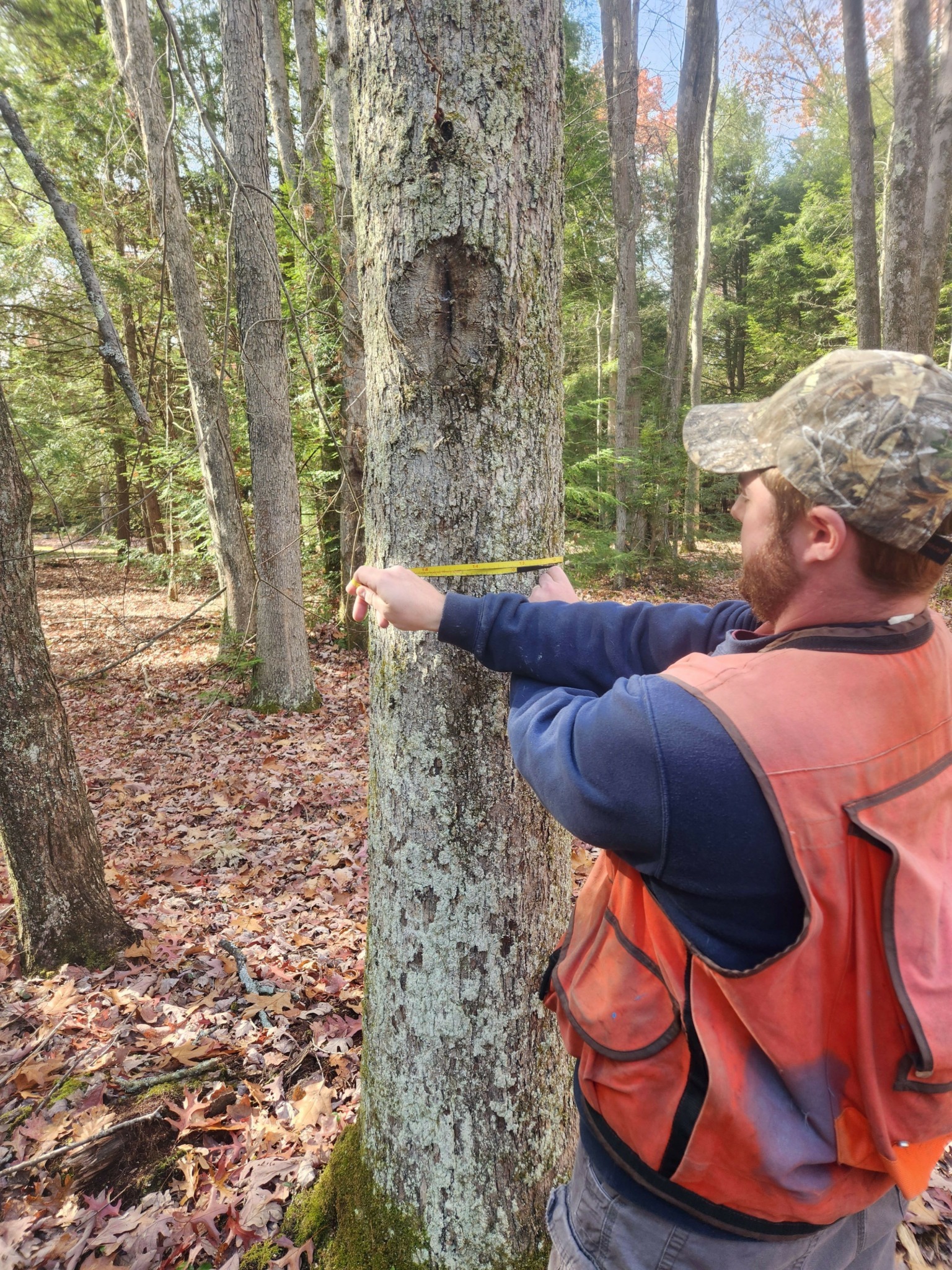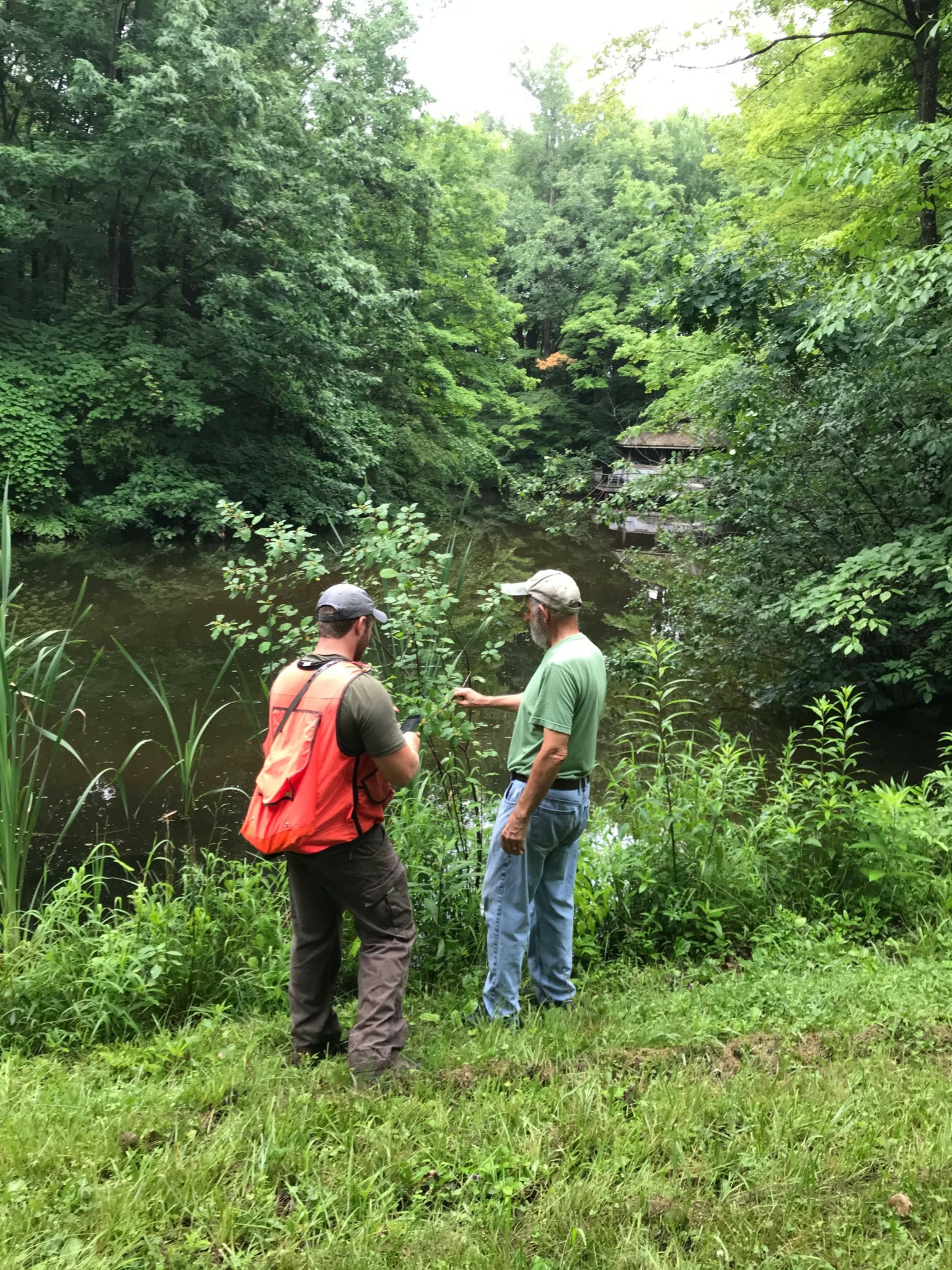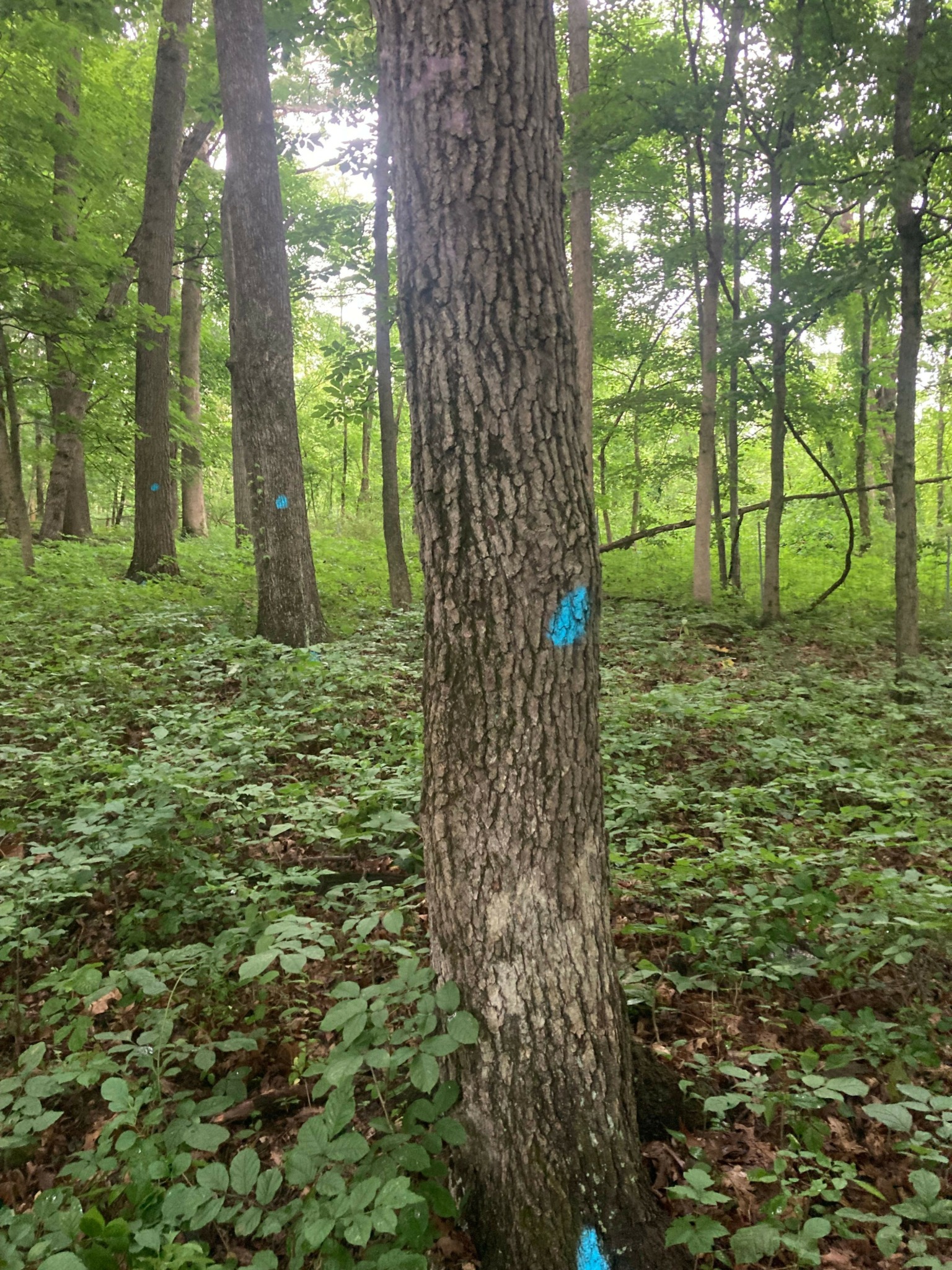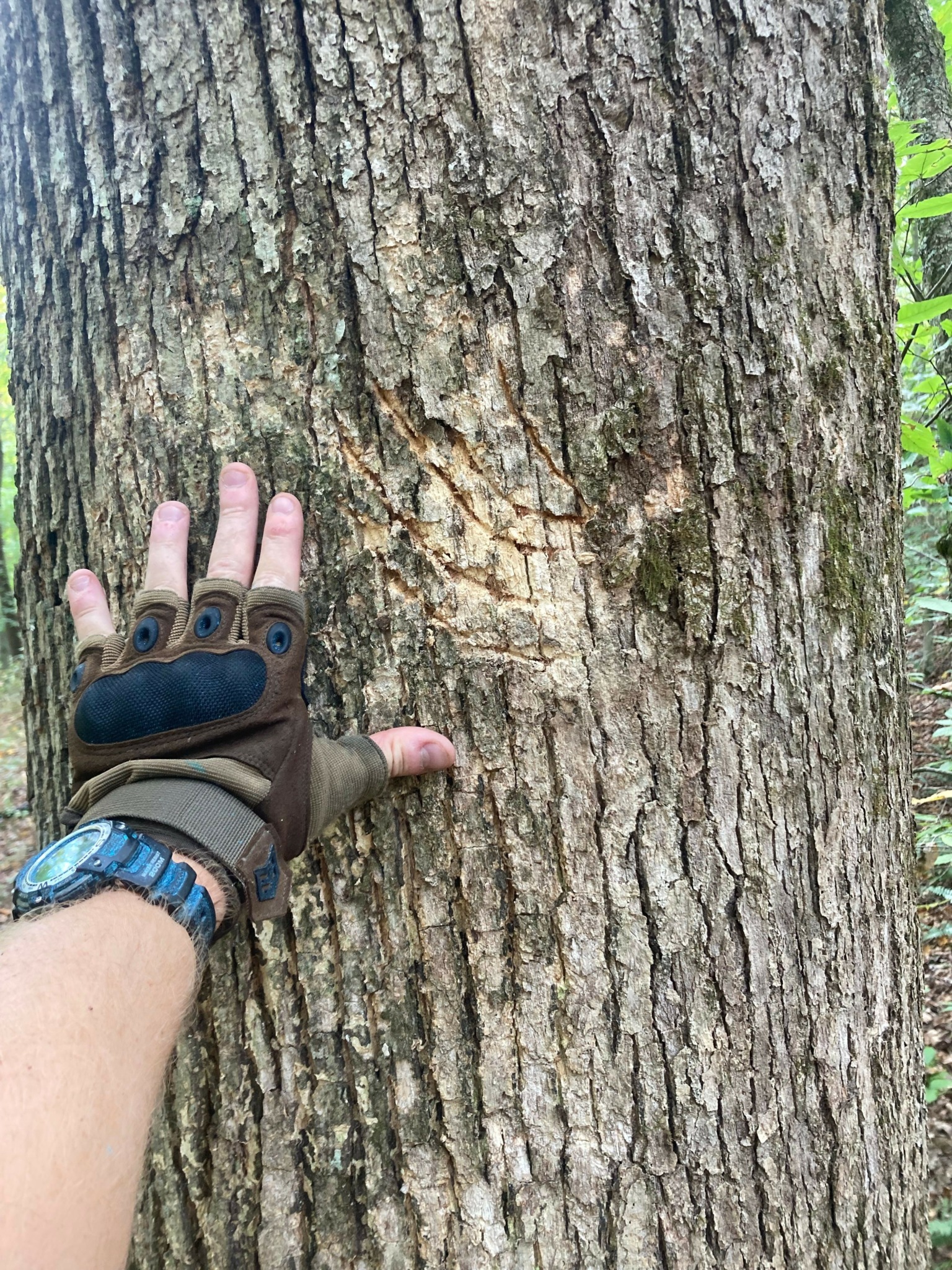We recently connected with Anthony Pappas and have shared our conversation below.
Anthony, appreciate you joining us today. How did you come up with the idea for your business?
The Story Behind Heritage Habitat & Forestry
I have always had a passion and interest in the outdoors. Growing up, being involved in outdoor activities, recreation, and appreciation of nature led to me pursuing an ecological field of study in college. Being a good responsible steward of our shared natural resources is a passion of mine, specifically.
Dictionary.com defines “heritage” as: something that is handed down from the past, as a tradition; something that comes or belongs to one by reason of birth.
Woodland owners are an active participant in the conservation of land and the heritage of America’s vast natural resources. Regardless of if you purchased your land, or it was handed down to you, you are leaving a legacy worthy of inheriting. Land conservation is not a one-time every-size-fits approach.
The idea for Heritage Habitat & Forestry (HHF) was born from a simple but pressing reality: too many forest landowners were navigating their land management challenges alone — underserved, under-informed, and overwhelmed. Managing forests (or woods, as most people call them!) can be complex, with too many landowners engaging in unsustainable practices due, typically, to just informed decision-making (such as when, where, and how to log a property, for example).
Across rural and forested regions, particularly in states like Ohio and West Virginia, landowners — especially those living off-site — were struggling to manage and protect their wooded properties. They faced trespassing, invasive species, timber theft, poor habitat conditions, and the loss of potential income from undervalued timber or inaccessible conservation markets. Many had a deep love for their land, but lacked the time, technical knowledge, or trusted partners to manage it effectively.
I recognized this gap — and saw an opportunity to serve a unique and largely forgotten clientele: the everyday woodland owner.
Rather than build just another timber consulting firm, HHF was envisioned as a comprehensive, landowner-first resource — blending technical forestry expertise with accessible, hands-on service. The goal was to empower landowners with the tools, guidance, and management support they needed to protect, enhance, and generate value from their woods — all while ensuring that conservation and sustainability were never compromised. My company is rooted in the comprehensive nature of forests, not just merchantable timber, but the wildlife habitat, water quality, soil conservation, clean air, and other ecosystem services woodlands provide. It is common for folks to see deer, see turkeys, but what about the multitudes of those unseen endangered species, of neo-tropical migrating birds, of non-game wildlife species that are all too often overlooked? The active management of woodland is an integral part of improving their habitats as well.
HHF’s approach combined modern data tools (like carbon inventory systems, GIS mapping, and market analytics) with traditional, in-person services — from timber cruises and hunting lease management to forest road inspections and trespass oversight. At its core, the company offered something rare in the forestry world: a trusted, long-term partner who could provide both the economic and ecological stewardship that woodland deserves.
What made HHF’s model so compelling was its balance of ethics and economics. Landowners were no longer forced to choose between profit and conservation. With HHF, they could achieve both.
From the beginning, HHF was built on the premise that forestland ownership can — and should — be an asset, not a burden. By offering clear processes, education-driven engagement, and full-spectrum services, my company has helped countless landowners turn uncertainty into confidence, and unmanaged acreage into a lasting legacy.

Great, appreciate you sharing that with us. Before we ask you to share more of your insights, can you take a moment to introduce yourself and how you got to where you are today to our readers.
When I started Heritage Habitat & Forestry, it wasn’t because I saw a gap in a billion-dollar market. It wasn’t because we had a flashy tech idea. It was because I saw people struggling with a problem no one else seemed interested in solving.
Across Appalachia and the Midwest, families were sitting on acres of woodland they didn’t know how to manage, conserve, or turn into a legacy. They were facing everything from trespassing and timber theft to habitat loss and overwhelming paperwork for programs they didn’t understand. Some had inherited land. Others had just purchased it. Most lived far away. All of them had one thing in common: they cared about their land but didn’t know where to start.
And so, I built a business around one simple idea:
Empower landowners to care for their woods — economically, ecologically, and ethically.
I didn’t come from boardrooms, but instead I came from the field. Long days walking parcels, talking to neighbors, navigating maps, and squatting creekside to assess erosion. I saw the same story play out again and again: landowners wanted to do the right thing but lacked the time, tools, or trusted help to do it.
What if I could be that help?
We started small — basic forest management plans, carbon credit consulting, timber cruising. But soon we realized we weren’t just writing reports. We were solving real, high-stakes problems.
Others were sitting on beautiful, biologically rich land — and had no idea how to conserve it.
By going deep — really understanding my clients’ fears, goals, land, and legacy — we created value that couldn’t be replicated by software or surface-level services. That trust turned into referrals. That credibility turned into long-term contracts. That care turned into a brand.
Today, we work across multiple states, offering everything from:
Timber sales and valuation
Carbon credit project development
Absentee property oversight
Wildlife and habitat protection
Strategic land-use planning
All of it rooted in boots-on-the-ground service and big-picture thinking. We’re not just consultants. We’re co-stewards.
I’m proud that our work puts money and meaning in our clients’ hands. That we’re helping landowners fund college tuition through carbon credits. That we’re restoring habitats while increasing property value. That we’re protecting rural legacies that would otherwise be lost to exploitation or neglect.

What do you think helped you build your reputation within your market?
Providing truly comprehensive forest management services is what set us apart.
Let me explain — most of our competitors, such as consulting foresters, have traditionally focused on managing timber primarily for commercial value. Now, there’s nothing inherently wrong with that — timber value is an important part of forest ownership.
But we’ve always believed that a woodland is so much more than the timber it can produce.
When we sit down with a landowner and start discussing their goals, we make sure to talk about everything else their forest provides — clean water, air quality, wildlife habitat, biodiversity, aesthetics, recreation opportunities, even family legacy. And that’s when something clicks.
They realize: we see their woods the same way they do, not just as a commodity, but as a living, layered landscape with value beyond the board foot.
That’s what helped build our reputation. It wasn’t just about offering a service, it was about sharing a vision with landowners. Our approach to comprehensive forest management, not just “timber management”, became our differentiator.
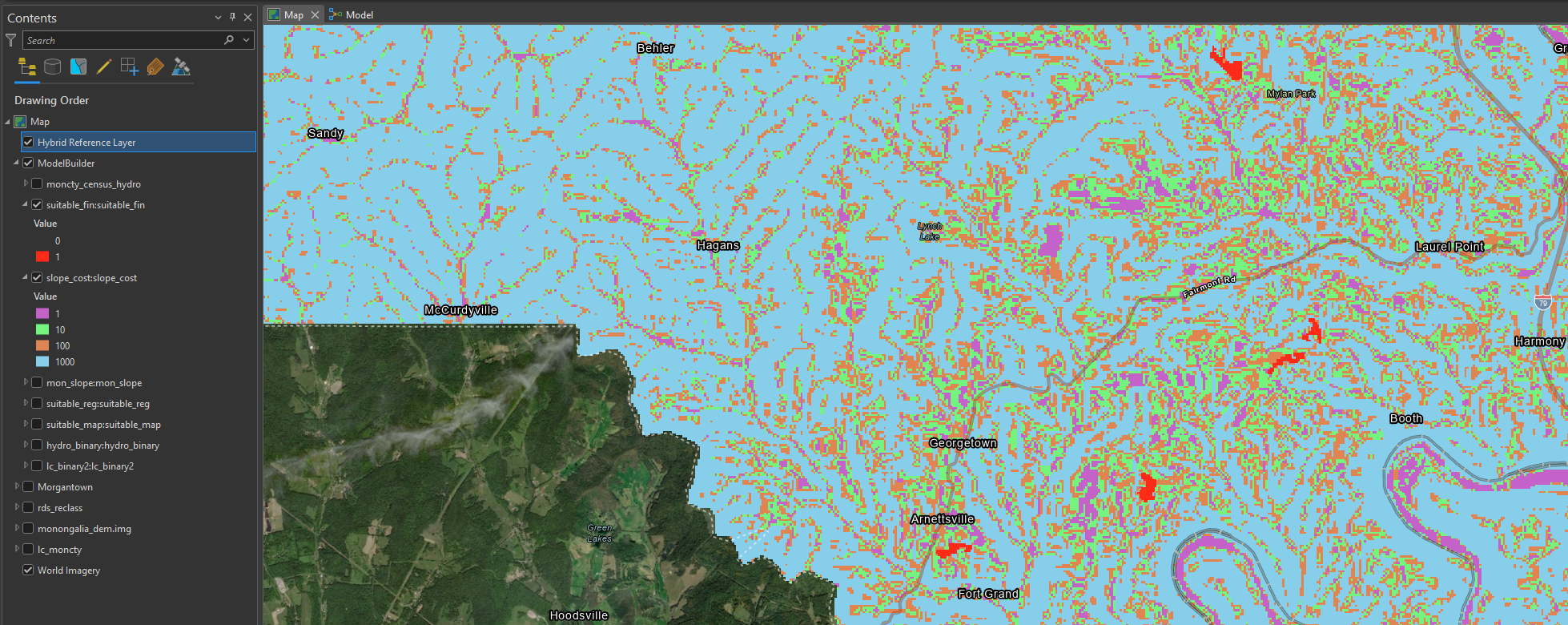
How did you put together the initial capital you needed to start your business?
The business started with just a few thousand dollars I had saved, and one $4,000 contract.
I used my savings to buy the bare essentials: some basic field equipment, a stack of business cards, and a magnetized company logo to slap on the side of my truck. That was about it. Then came a single opportunity, a $4,000 contract that required full-time attention. That one job became the tipping point. I left my full-time forestry position and jumped into self-employment headfirst.
From there, the momentum started to build. Slowly at first, and not without struggle. There were moments when money was tight. I skipped a couple of my own paychecks to keep the business afloat, and I was working six to seven days a week just to generate enough capital to keep growing.
Now, five years later, we’re still 100% self-funded. No loans, no grants, no outside capital. Just steady, reinvested growth.
If I were to do it all over again, I might consider outside funding to give me more breathing room early on. But I’m proud of what we’ve built — starting with just one contract, a truck, and a belief that I could do things differently.
Contact Info:
- Website: https://www.heritagehabitatco.com/
- Facebook: https://www.facebook.com/HeritageHabitatCo/
- Linkedin: https://www.linkedin.com/in/anthony-pappas-a19976281/
- Youtube: https://www.youtube.com/channel/UCL0proD7JYB-m4hYXykAJgg
- Other: https://www.hhfgeospatial.com/
https://www.heritageecosystems.com/
